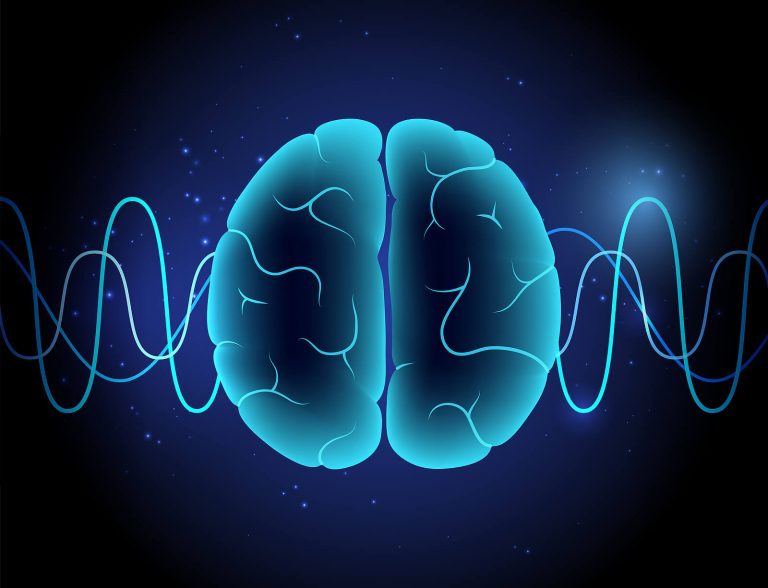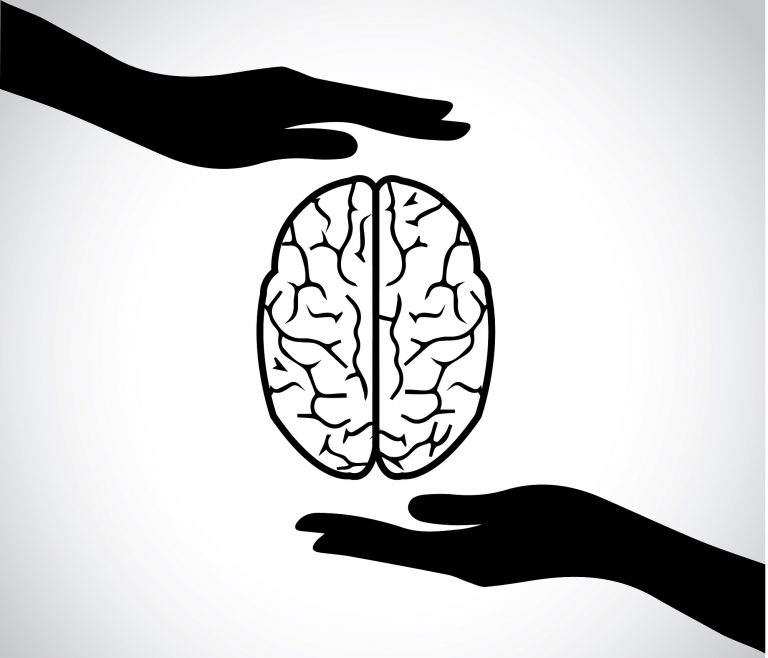Color Psychology: The Effects of Color
Color psychology is the study of the effects that colors have on human behaviors and emotions. There have been many experiments with color since its discovery in 1666 by Sir Issac Newton. How does color affect your mood? Let’s take a deeper dive into color psychology.
Color affects on Mood
Color plays more of an influential role in our lives than we realize. It can affect our minds, bodies, and overall mood. How color is perceived is subjective for some, but we have colors that are widely recognized for certain things worldwide. Colors close to the red spectrum are warmer colors, including red, orange, and yellow. These warm colors evoke emotions ranging from feelings of warmth and comfort to feelings of anger and hostility. Whereas blue colors like purple and green are known for evoking feelings of calm, sadness, or indifference. To learn about other colors and how they can affect you, click here.
Color Therapy
Colors Psychology can also be used as a therapy. In fact, ancient cultures practiced something called Chromotherapy, or light medicine, which uses colors to heal. However, even though some psychologists look at color therapy skeptically, it is still used today in some holistic practices. Research has shown that the “mood-altering effect” of color may only be temporary in many cases. A blue room may initially cause feelings of calm, but the effect dissipates after a short period.
Studies have also shown that color can influence your performance. A study was done in six experiments using 71 college students who were presented with a number. Each number was colored red, green, or black before taking a five-minute test. Of those exposed to the color red before taking an exam, it was shown to harm their test performance.
Color in Consumerism
We also see color psychology in advertising, suggesting that some colors or shades can have a wide range of effects, boosting our moods or causing anxiety. However, the color of the products we purchase may have something to do with our personality and why we chose that specific product. From the clothes we wear, to the car we drive – the color can make a statement about how people perceive us. For example, some perceived the color black as powerful. When we think of luxury cars, most of them are black. Some have described the color as ominous, mysterious, and even sexy.
Color has played an important part in conveying information and even influencing our decisions. Interest in color psychology is growing, and there is still a lot to learn how it can affect our moods, purchases, and performance. How powerful can colors be in our everyday lives?
If you are looking for someone to talk to at Mountain Vista Psychology, we are here for you. Feel free to reach out via email at info@mountainvistapsychology.com or call us at 720-583-9332
Schedule a FREE Consultation Online
We serve the Denver Metro area of Colorado. Click the button below to Schedule an Initial Consultation. To Schedule Neurofeedback or Testing please call us at 720-248-8603
Recent Articles
Neurofeedback for ADHD: How It Can Help
If you or someone you love has ADHD, you may already be familiar with the common treatments such as medication,…
From Signs to Support: ADHD Testing and Help for School-Age Kids
Are you hearing that your kid is not paying attention in class? It can be common for young children to…
Autism in Women: Signs, Masking, and Getting an Adult Diagnosis
If You Are an Adult Who Was Assigned Female at Birth, Wondering if You Could Be Autistic, You Are Not…
Now Serving South Denver: Mountain Vista Psychology Opens New Location for Counseling, Neurofeedback & Testing
To The Wonderful Mountain Vista Psychology community: We have some exciting news to share: We are Growing and Excited to…






